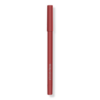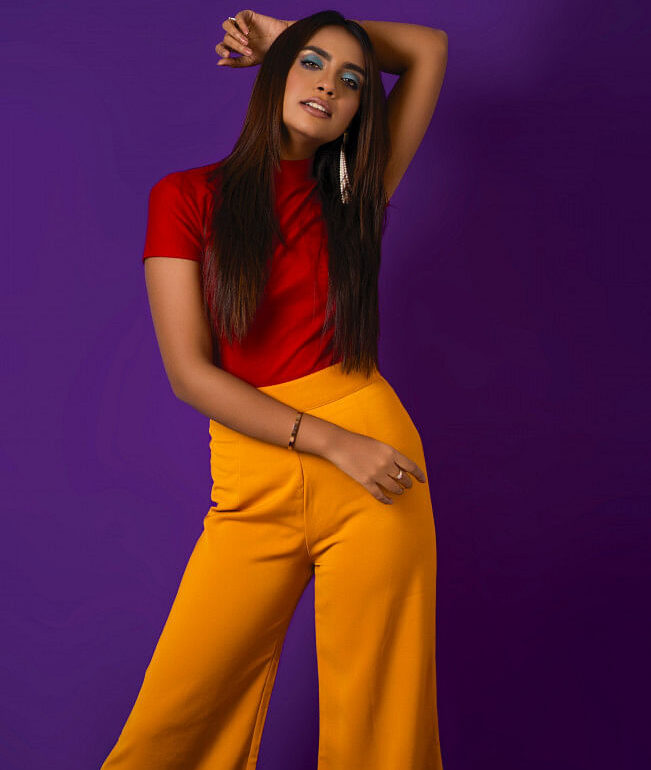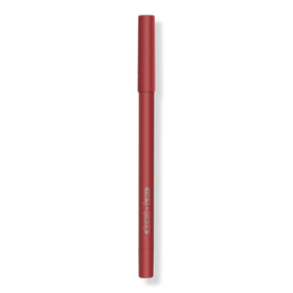First introduced to the world by YSL in the 1960s, colour blocking is defined as the combination of two or more colours in stacks or blocks in an outfit to create a strong contrast. The trend has been around for decades but its evolution every few years gives it renewed freshness and bold flair each time it’s back.
Whether it’s the iconic colour blocks from Saint Laurent’s Piet Mondrian-inspired sack dress from the ’60s that entice you or the newer stacking and layering technique that catches your eye, colour blocking is a fashion trick that encourages the wearer to get creative with colours and push boundaries with them. One can replicate the trend in several different ways and it is versatile enough to find a place for itself at any time in the fashion timeline.

Photo: Adnan Rahman
According to fashion experts, colour blocking can be done in a number of ways. Some follow the pioneer and stack all the colours in one garment. Others veer a little away from tradition to layer their outfits in two or more solid chunks of colour.
More recently, colour blocking has evolved into a general idea that people have increasingly begun to express through their choice of jewellery and single-coloured clothing as well. Whichever way you choose, the results of colour blocking can be striking if pulled off correctly. Even those who are not fans of vibrant colours can add colour blocking to their look. So, which colours to block together?

Photo: Adnan Rahman
Analogous
Ever wondered why sunset colours such as pink, red and orange look so good together? The colour chart matters when blocking successfully and there are several ways to make sure that your chosen colours actually belong together.
Analogous colours, or shades that are grouped closely together on the chart, such as blue and purple, or brown and green have a higher chance of complementing each other. This can harmonise the colours in an outfit, without making it look garish or stark.
Ombre and monochrome
A softer look can be achieved by blocking varying shades of the same colour and adding neutral colours such as white or black can help make the transition smoother. The trick is to stack white, a colour close to white, such as powder blue, and then a darker shade, such as peacock blue, to complete the sequence. Similarly, a pop of vibrant colour in an otherwise B&W outfit can at once be trendy, and give out a balanced look for everyday wear.

Photo: Adnan Rahman
Complementary colours
A pro tip from stylists around the world is to pair together hues that are on opposite ends of the colour chart. Imagine vibrant colours such as blue and orange, or yellow and pink coming together in one outfit, with equal prominence. The hack is an instant attention grabber, resulting in a bolder look and is best used when styling outfits for parties.
How to style a colour block —
Colour saturations
Styling experts such as Samantha Brown strongly feel that one should be mindful of colour saturation and not mix colours of different saturations. They should opt, instead, to pair light with light shades, neon with neon, vibrant with vibrant and pastels with pastels.
Separates over one piece
If you wish to achieve your favourite colour-blocking look without it feeling like too much is going on, try stacking two separate pieces of clothing. A good look to visualise this may be a deep green casual blazer over some dark blue jeans.
Minimalistic colour blocking
Accessorising with a patterned piece such as a clutch or shoes can take the edge off clean-cut lines and tie the colours together. Alternatively, one can also add a wide belt to block a plain, one-coloured outfit, without much effort.
Model: Mysha
Styling: Sonia Yeasmin Isha
Makeup: Sumon Rahat
This post was originally published on this site be sure to check out more of their content.









